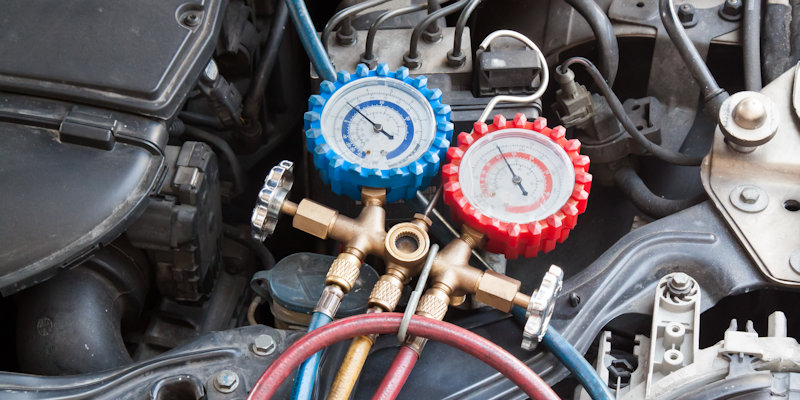
What to expect from the mechanic during a proper brake inspection
Brakes are a critical safety feature for all vehicles. They allow for the deceleration and control of a very heavy object moving at high speeds. For the safety of everyone on the road, brakes should be properly maintained. Here is what you can expect from your mechanic when receiving a proper brake inspection:
The mechanic should start under the hood. The brake master cylinder is checked for leaks. The level and condition of the brake fluid is checked. The mechanic inspects all lines and the anti-lock brake module for leaks or loose, damaged connectors.
Next, the vehicle is raised and securely supported on a lift or jack stands. All four wheels are removed. If the vehicle has drum brakes, then the drums are removed. The mechanic should inspect all brake lines and hoses for signs of leaking or cracking. The caliper hardware and dust boots are inspected for damage. The caliper and/or wheel cylinders are inspected for brake fluid leaking. The rotors are inspected for smoothness. If a rotor has any pits or deep grooves then it will have to be reconditioned or replaced.
The thickness of all brake pads are checked. The brake pads (or shoes) provide the soft buffer which prevents the metal backing of brake pad from grinding the rotor as the brakes are applied. If there is any variation in brake pad or shoe thickness this can indicate an adjustment problem, a defective caliper or other defective hardware. There is no blanket measurement for brake pad thickness since the thickness of new pads can vary by make and model of the vehicle. A few millimeters could appear brand new in one car but be an indication for pad replacement in another. If the thickness of the pad is 20% of the original thickness or less, then the pads should be replaced. The original thickness can be found in the service manual for the vehicle.
While the wheels are off, the mechanic should show the customer the major findings of the inspection, including the smoothness of the rotor and the thickness of the brake pads. If no problems are found then the wheels and tires are re-installed. The vehicle is lowered and all lug nuts are checked with a torque wrench.
Some auto repair shops don’t allow the customer into the shop. At Crawford’s Auto Repair in Mesa, AZ 85210 all customers are invited into the shop with the mechanic to observe all inspections and repairs. If you’re not within a reasonable driving distance of our shop then find a mechanic who is confident enough in their work to personally show the customer their findings after a brake inspection. If you are within a reasonable driving distance of Crawford’s Auto Repair, then bring your car in. We offer a free brake check and a price match guarantee for all repairs.
What to expect from the mechanic during a proper brake inspection is an original article from Crawford’s Auto Repair. Copyright © 2014, Jeff Crawford. Permission is granted to republish this article (text only) for personal or commercial use as long as the content, citation, and copyright notice all remain intact and unchanged. There must be an active “follow” link to CrawfordsAutoService.com. Any image seen with this article is the property of it’s respective author and requires it’s own permission.
![]()
What to expect from the mechanic during a proper brake inspection is licensed under a Creative Commons Attribution-NoDerivatives 4.0 International License.






No Comments